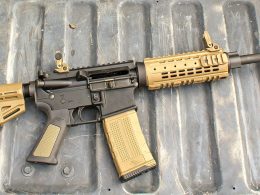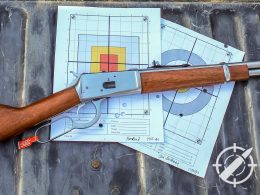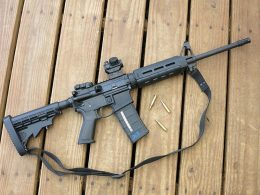In this Article:
If you’ve read many of my articles, you’ll know that I frequent a very good friend’s gun shop. My buddy Duane has loaned me used pistols to write about from time to time — he’s one of the good guys. He’s had a used Glock Gen 3 Glock 20 10mm in his case for a while. Since I’d written about a Colt Delta Elite 10mm that was loaned to me by another good friend, Marty, I asked Duane if he minded if I took it and shot it, both with my camera and at my backyard range. I thought the more 10mm articles, the better. Being the generous sort, he said no problem. So, this is why I’m writing about a Gen 3 10mm…it was there and just waiting to be featured here. Another interesting note — Duane said the former owner told him the gun had never been shot. So, I have what is in reality a brand-new Gen 3 Glock 20 to review — it’s just “used” technically. It’s important to remember that the Gen 3 Glock 20 is still available new from gun dealers. Before we get too far into this, let’s look at Glock guns in general.
The Chevrolet Impala
In another article I wrote about Glock pistols, I compared them to the Chevrolet Impala. I owned one of those, a 1964 model, when I was in high school a million years ago. It was, in a word, reliable. Flashy and showy it wasn’t, but it always got me where I was going. Glocks, to me at least, are like Chevy Impalas — not really ornate or flashy, but they work. This is not meant to be a slam…I loved that car. Plus, there is something to be said for function over form, especially in the world of firearms.
Genera(tiona)lly Speaking
Before we dive deeper into the subject at hand, a little more detail about Glock generations is in order.
If we speak of, say, a Gen 2 Glock vs. a Gen 3, a lot of non-Glockies don’t know what that means. If you’re not into Glocks, you probably won’t know the generational differences. Here’s a quick reference about the different Glock generations that I wrote for that other article. Check it out and then you’ll be up on how a Gen 4 is different from a Gen 2, 3 or 5. To some folks, it makes a big difference if the gun is a Gen 2, 3, etc. while others really couldn’t care less. The gist of all this is that Glock has tried to keep up with the changing gun market over the years and has tried to make their guns more user-friendly. An example of this would be the finger grooves that were introduced on the Gen 3 Glocks when they debuted in 1998. Some folks loved them, as their hands were the right size for the grooves and their fingers went where Glock’s designers told them to go. On the other hand (pun intended), to others with larger or smaller hands the grooves were all wrong. Some of the large/small handers sanded the grooves flat on their Glocks’ grip frames. When the Gen 5 Glocks started coming out in August of 2017, the finger grooves were conspicuously absent. As for me, I can go either way. My hands are evidently the size that Glock engineers had in mind when they designed the grooves.
Glock Gen 3 – Really?
I can hear some of your wheels turning in your heads…you might be thinking “why go over a Gen 3 Glock again? We’re up to Gen 5!”. Yep, we are, but not all Glocks are there yet. There are only six Gen 5 Glocks made as of this writing and the 20 is not one of them. The latest Glock 20 is a Gen 4. Yes, there are differences but by and large, you’ll still see Gen 3 Glocks for sale. A few Gen 3 — Gen 4 differences that are noticeable at a glance are the Gen 4’s RTF (rough texture finish) grip, replaceable backstraps and the rectangular-on-both-sides reversible mag release which are all absent on Gen 3 guns. But, unless you’re a Glockophile, you may not notice much difference between a Gen 3 and Gen 4 Glock 20 at first glance.
Glock Gen 3 — Sure!
There are a whole lot of Gen 3 guns out there…I owned a Gen 3 Glock 30 not that long ago, the compact double-stack .45 ACP. Hence, this write-up, since Gen 3 guns are still viable and available. If nothing else, I can give my impressions of the gun. As I just said, I’ve owned exactly one Glock, so I can’t be accused of being overly prejudiced toward the brand. I also wanted to compare the 10mm’s recoil to that which I experienced shooting the Delta Elite 1911…it was fairly brisk. I wanted to see if what I’ve read is true, whether a poly-framed gun helps soak up some recoil.
So, if you are in my situation where you might be thinking about a 10mm and are at least neutral on the subject of Glocks, hopefully this article will help you to decide if there may be one in your future. The Glock isn’t the only poly-framed 10mm…another “flexible-polymer-framed” 10mm is the Springfield XD(M), in two barrel lengths. I’d like to get my hands on one of those as well, since I own a compact XD(M) in .45. I do like that platform. There’s even a Tanfoglio/EAA Witness 10mm made with a polymer frame in full and compact sizes. Poly-framed 10mms are gaining in popularity. But, the Glock 20 was the first one made, introduced in 1991. So, on with the show. Let’s look at Glock’s popularity (or lack thereof) and a bit of company history.
BONUS OFFER: Get your free shooting range targets to print at home!
Get your free targets to print at home!
A Love/H*** Thing?
Gaston Glock’s pistols seem to me to be either universally loved or… I hesitate to use the “hate” word, but some folks are virulent in their dislike of the brand. No matter where you stand on that issue, you have to admit that Herr Glock has created a juggernaut where his pistols’ acceptance is concerned. It is estimated (latest numbers I can find) that approximately 65% of U.S. police departments use a Glock pistol of some variety. That number is only for domestic police units…the number of military and police organizations worldwide that use Glocks would probably leave us numb. It would be a prodigious number. So, how and why did Gaston’s products gain such traction? Let’s look at a short history of the brand.
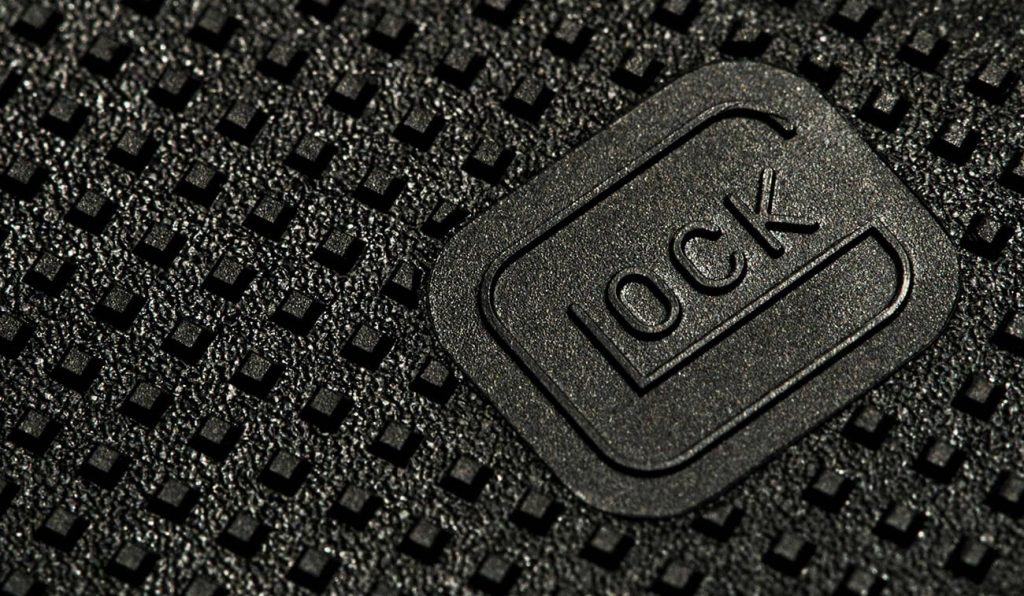
Glock History 101
In the early 1980s, Gaston Glock ran an Austrian company that made a variety of items – none of them firearms. He did, however, have a pretty thorough knowledge of synthetic polymers and other manufacturing processes. He heard that the Austrian military was looking to adopt a new pistol. Mr. Glock knew almost nothing about designing pistols…he just knew that Austria was looking for a new one and he wanted to be in on that. In 1980, the Austrian Ministry of Defense issued a call for new pistol. They listed 17 requirements the new gun must demonstrate. Some of them included:
- Be self-loading;
- Fire the NATO-standard 9×19 Parabellum cartridge;
- The magazines were to be loaded manually without assistance;
- Be safe from an accidental discharge from shock, strike and drop (from a height of 2M onto a steel plate)
- Shoot 15,000 rounds then be subjected to a very heavy over-pressure test load with no failures
After learning that the Austrian military was not pleased with the selection of pistols that had been submitted for testing prior to adopting a new duty sidearm and with the above in mind, he gathered some of Europe’s best and brightest military, police and civilian shooters. He put them into a room and probably provided a lot of refreshments for them as they set about talking about what the ideal combat pistol should look like. Due at least in part to their input, after three months he had a working prototype that was manufactured using modern materials and methods. I mention the “modern” aspect because European gun makers had made guns a certain way and had used wood and steel for centuries and “modern” was not a popular term for some of them. “Modern” equaled “Different-Than-We-Have-Ever-Done-It.” He not only made the frame and other parts from polymer, but he also developed a new metal coating process called ferritic nitrocarburizing (FNC) that eventually was accepted by the firearms industry worldwide. It is also known as a Tenifer or Melonite finish. This made the metal surfaces of his guns very corrosion-resistant. The gun was kept as uncomplicated as possible, with no thumb safety and only two frame-mounted control devices — the magazine release button and the slide release lever. This is the gun that became the Glock 17 — named that because it was the 17th patent the company had registered. After submitting some pistols for rigorous testing, the Glock 17 was declared winner over guns entered by FN, H&K, SIG Sauer, Beretta and Steyr-Mannlicher. The gun was adopted by the Austrian military in 1982 as the P-80 (pistol 80) with 25,000 guns ordered initially.
Read Also: Our Concealed Carry Insurance Comparison
The U.S. Connection
Glock sent the U.S. military some Glock 17s for the XM9 pistol trials in late 1983. We will never know if the Glock would have been a contender because the company dropped out of the competition when our Department of Defense officially requested that 35 modified guns be sent across the pond in a pretty short time frame which would require re-tooling and other manufacturing changes. We won’t know if the Glock would’ve beaten out the Beretta M9.
However, Norway and Sweden adopted the gun not long after the U.S. trial, and it surpassed NATO durability requirements. It was granted a NATO stock number and eventually (by 1992) had sold 350,000 units in 45 countries. The U.S. alone accounted for about 250,000. So, to paraphrase the old song, this was the start of something big.
I Remember When…
One quick observation…I remember when the Glock 17 came to America. The anti-gun media and a lot of other people were all but hysterical, worried that this “plastic gun” could slip through an airport metal detector unnoticed. There were quite a lot of histrionics at the time (mostly by the anti-gun crowd) worried that this gun would become a “terrorist special.” Something they always seemed to forget was that the slide, barrel and most all the parts inside were metal and would set a metal detector off louder than the weasel-in-the-henhouse alarm in a Foghorn Leghorn cartoon. However, it was not conducive to their anti-gun agendas to report that fact, so they didn’t. I guess common sense was not required to be a media “expert” back then…some things never change.
Popular Articles
The Gun
OK — so much for company history, generational ancestry, etc. Let’s first take this thing apart and look at its components, then we’ll shoot it.
First — it is a Glock. For many of you out there, I wouldn’t have to take it apart, take a lot of photos, describe parts, etc… you know it already. Let’s face it…one Glock is pretty much like another, even given generational differences. They all use a polymer frame, a square-profile slide (seen from the top…that’s the best word I can find), stock “U-and-ball” sights, and a matte black finish. So, why would I go through all this? Well, there might be one or two readers who haven’t seen a Glock taken apart and I aim to please, so to speak, so let’s look at the gun.
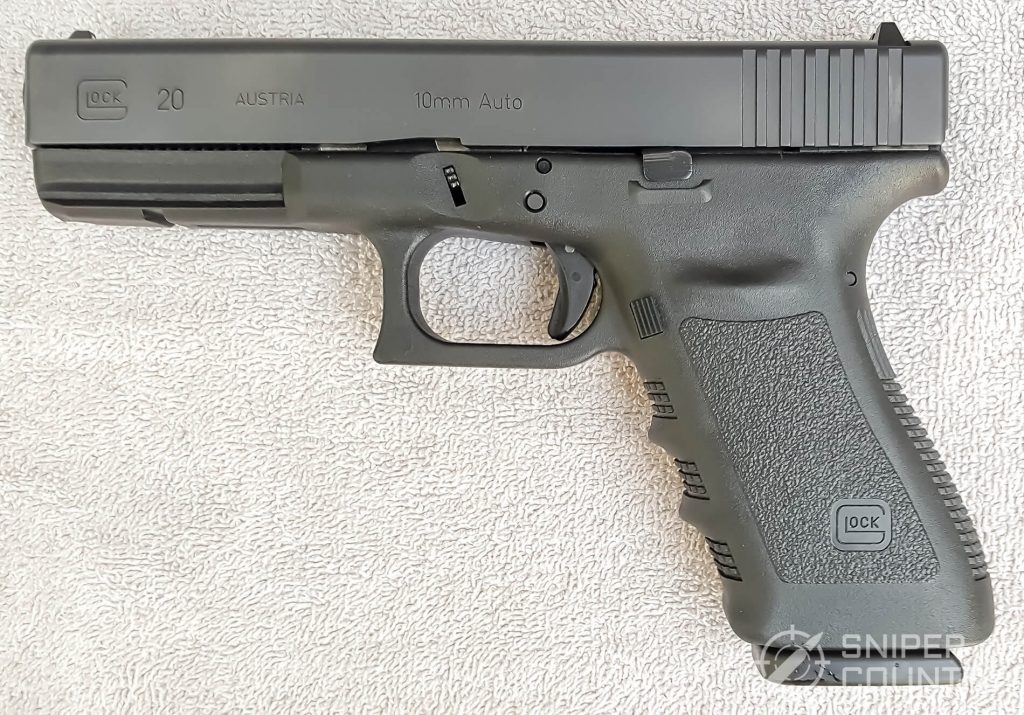
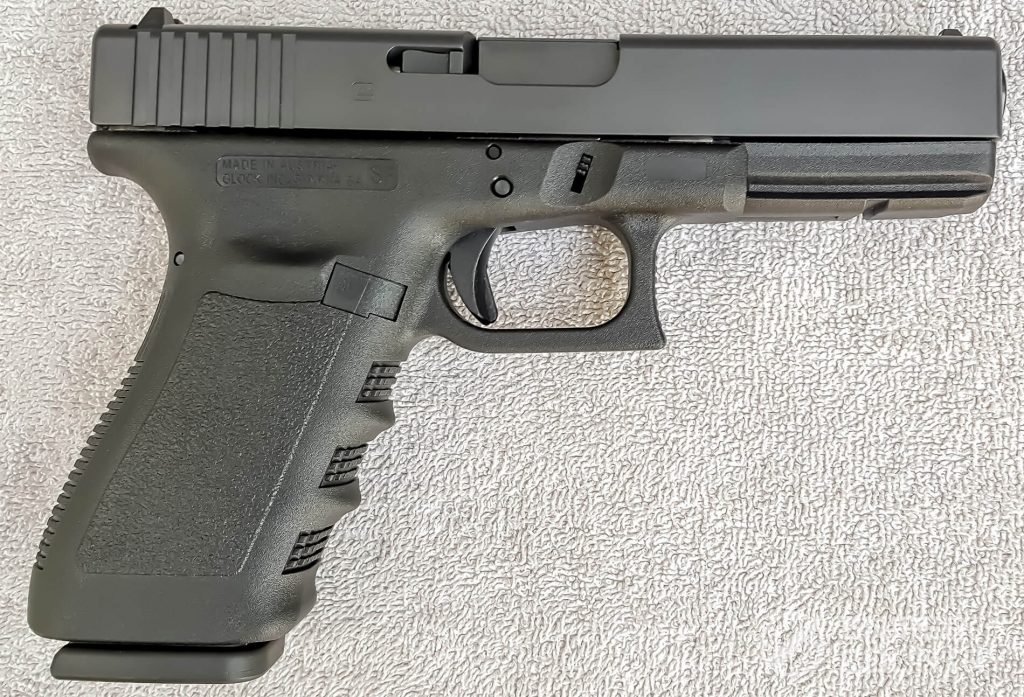
Note obvious Gen 3 differences from Gen 4 — the mag release is not reversible, the backstrap is not replaceable and the grip frame is not “rough-textured.”
The Frame
This particular Glock is a short frame Glock. The distance from the backstrap to the trigger is a bit shorter than that on the regular-framed gun.
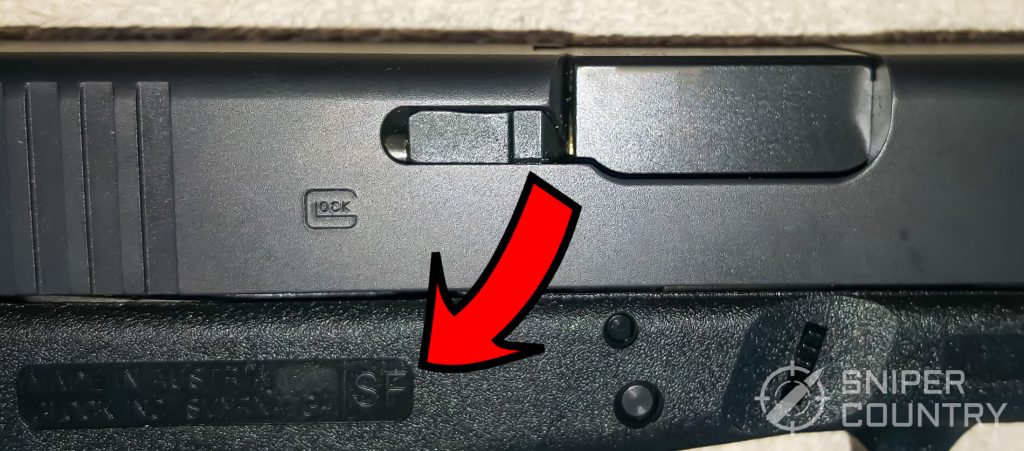
This helps shooters with smaller hands reach the trigger a little easier. To me, it still feels “blocky”, but that’s something that I’ve discovered about almost every Glock I’ve picked up (except single-stack guns, of course). You either get used to it and adapt your style and grip to it, or you buy something else…not much adjustment in the Gen 3 frame.
The Glock frame uses a grip angle that is more severe than most shooters are used to, which causes the gun to naturally shoot high in their hands. This, like the frame’s blockiness, can be gotten used to or overcome with practice. This is a duty-size gun, so it’s going to feel larger in your hand than some other guns. That’s not a bad thing — just different.
The Grip
The Glock Gen 3 grip features some really-smooth “molded-in-stippling” on the side panels and some “GlockBlocks” as I call them on the front- and backstraps. If this were my gun, I’d probably stipple the sides at least to help keep the gun from shifting in your hand during recoil. Here are some photos…
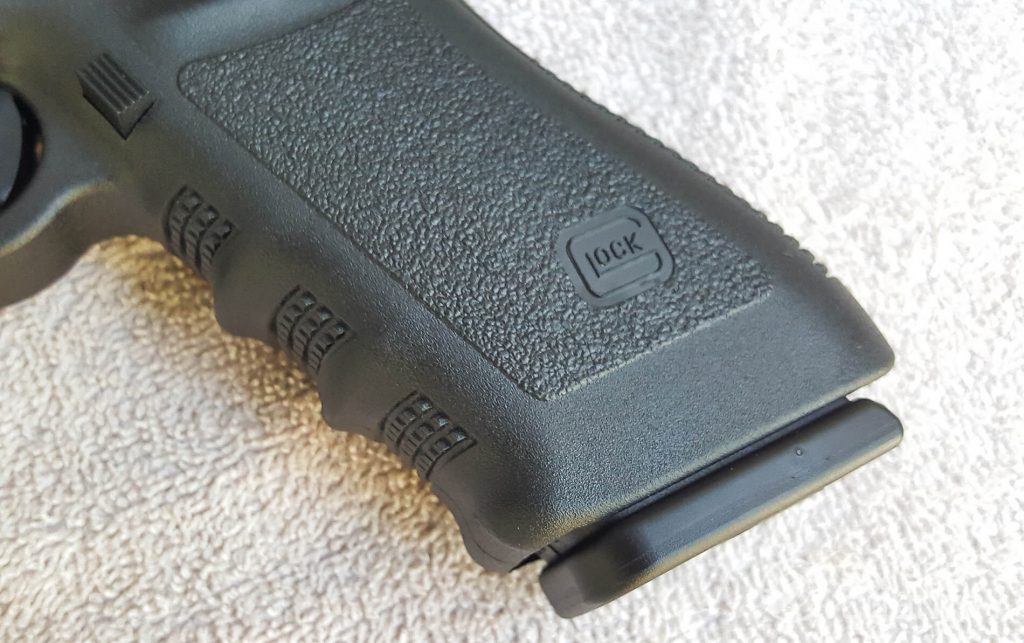
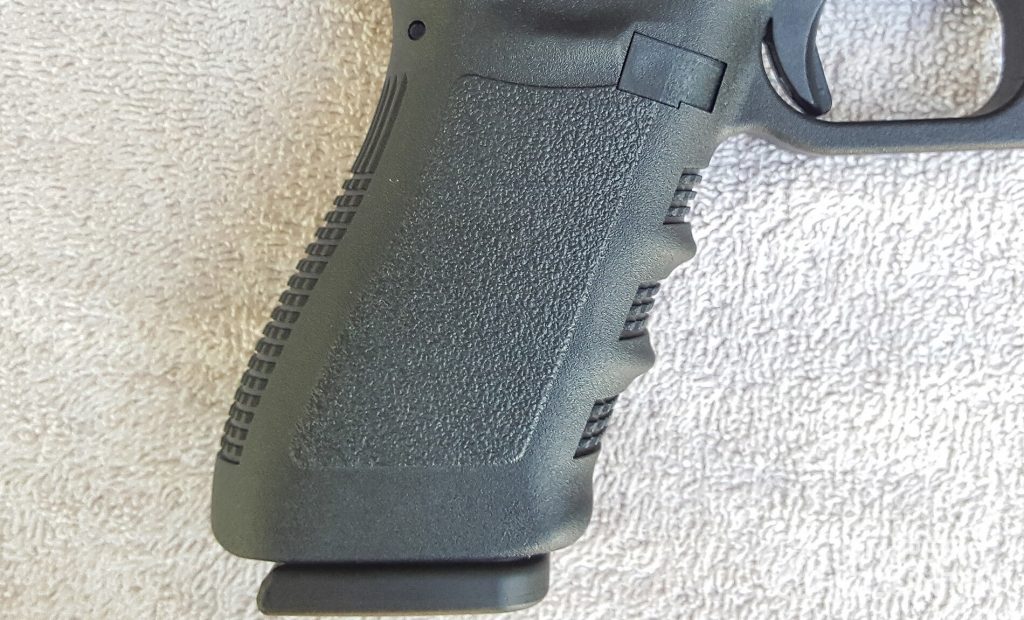
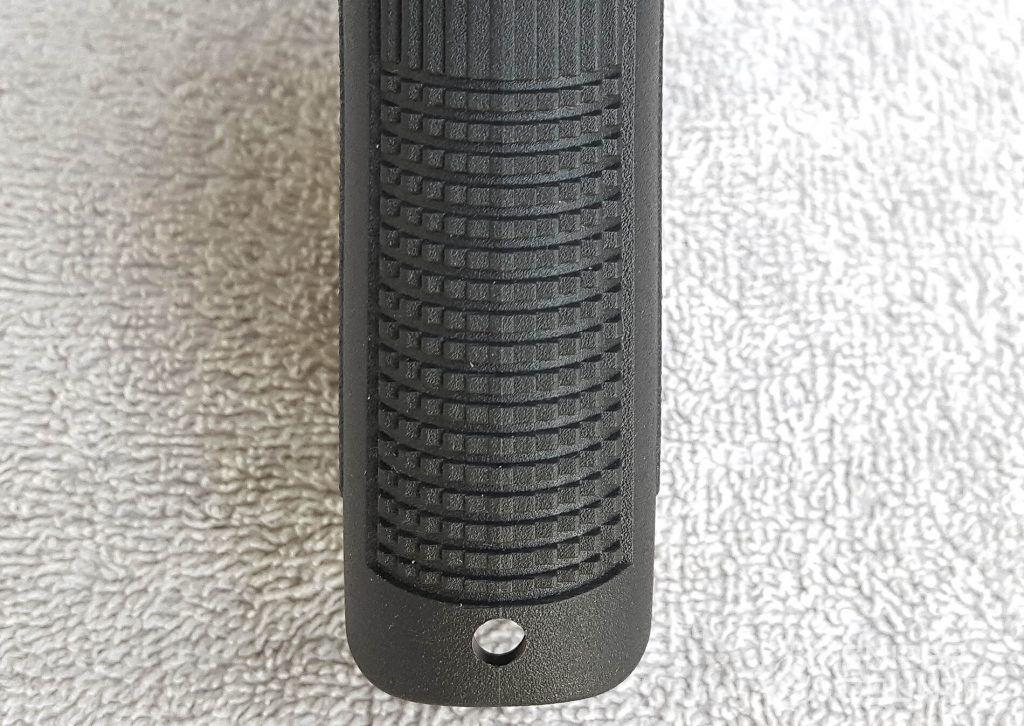
Above: left grip/frontstrap, right grip, backstrap
As you can probably tell if you’ve handled any modern polymer pistols at all, the grip looks pretty smooth. In the hand, the gun feels as if it would jump out of that hand when you shot it but it does alright. You can always go the route of aftermarket grip tape like Talon Grips, skateboard tape or my favorite, step traction tape that you buy at your local hardware store. It’s made to add traction to stair steps and is really gritty. I use this tape when I don’t want to stipple a grip for whatever reason. I just cut a piece to fit whatever shape I’m covering on the grip and stick it on. If it comes off or loses its tackiness, I just put another piece on. The stuff costs about $10 for a big roll, like 2 inches by 30 feet. This is my alternative to Talons and similar grip tape. Nothing wrong with them — I just like a really rough texture on my guns and this stair tape provides that at a very reasonable cost. Here’s a link to some tape that should work pretty well, if you want to give it a try.
As mentioned above, one of the differences between Gen 3 and later guns is that the Gen 4 and 5 Glocks have interchangeable backstraps. This allows you to custom-tailor your gun to fit your hand. It seems like the medium size is about equal to the Gen 3 grip. So, if you have smaller hands (or really big ones), you might want to opt for a Gen 4 Glock 20. If your hands are average-sized, the Gen 3 shown here would most likely fit you well.
If I Could Change One Thing…
One thing I really don’t understand is why Glock extends the lower trigger guard outwards. I know that some other makers do this, but I don’t see a reason for it. I don’t wrap my forefinger around the trigger guard so I don’t really need that pointy extension or the molded-in”checkering” that is there.
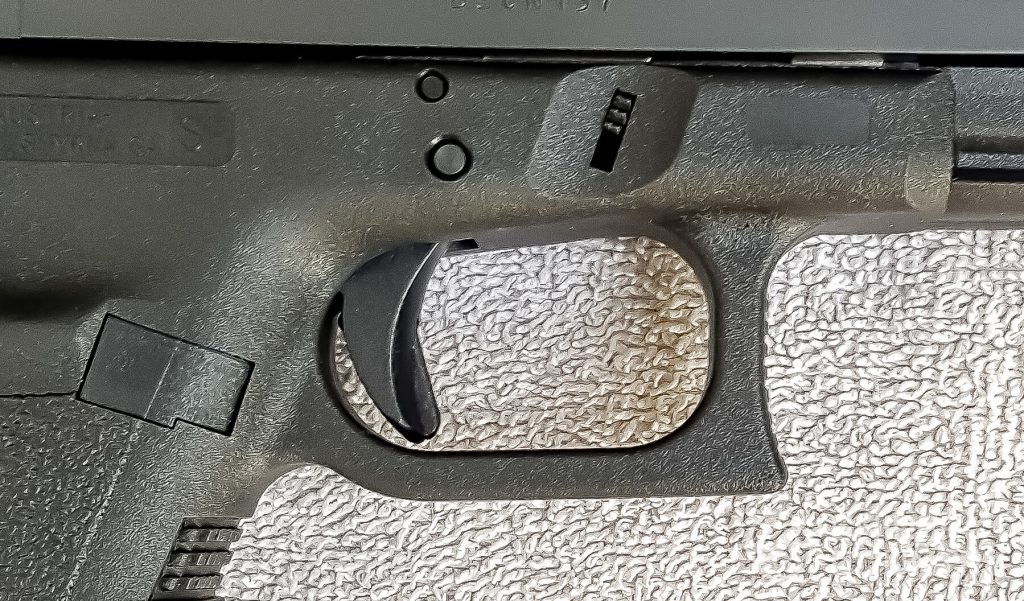
If that little hump were not there, holsters might be able to be made just a tiny bit smaller at the trigger guard. This is not a big deal, but it’s always been a pet peeve of mine with guns that are built that way. If you use the finger-wrap hold, that’s fine — this would help you. I just don’t. But, I’m also left-handed so don’t get me started on pistols that are lefty-unfriendly…
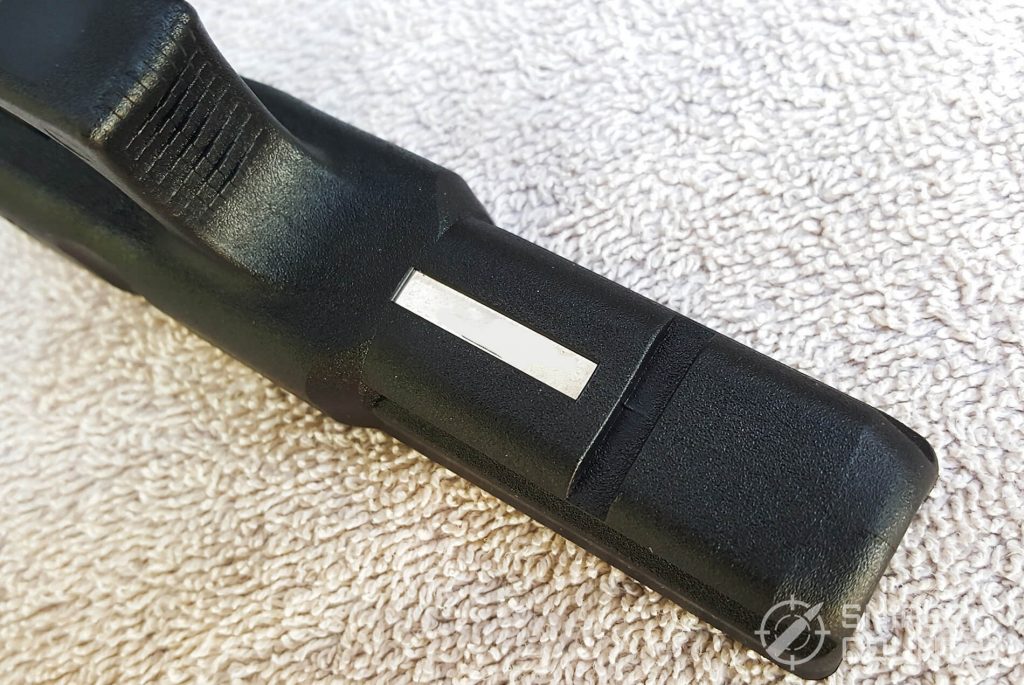
As you can see, the frame has one slot and a rail. That’s enough to mount a light or laser. It does look to me kind of like an afterthought, but at least it’s there. The serial number plate satisfies the BATF, so it’s on there for that reason.
The frame/grip on most any Glock (but especially Gen-3-and-before guns) is what it is. Thousands of police officers and civilians have trained with their Glocks and are used to it. So, it works for those who need it to.




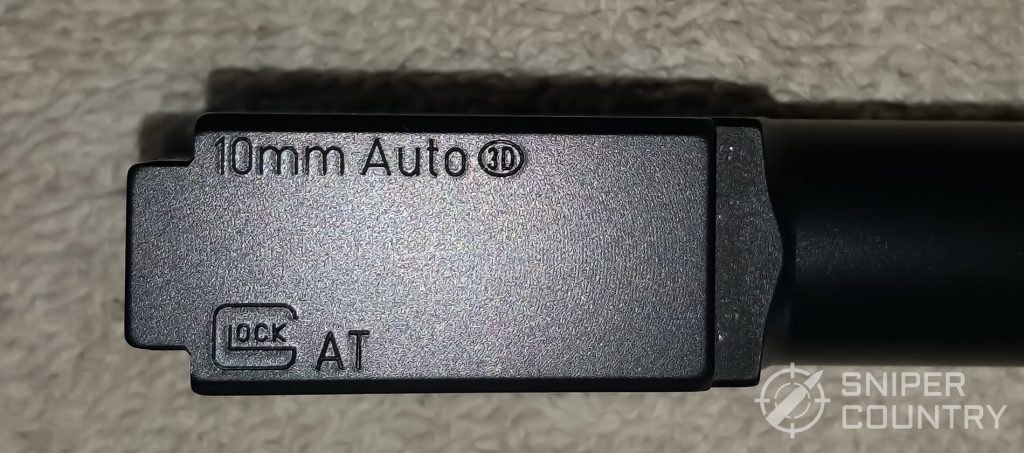

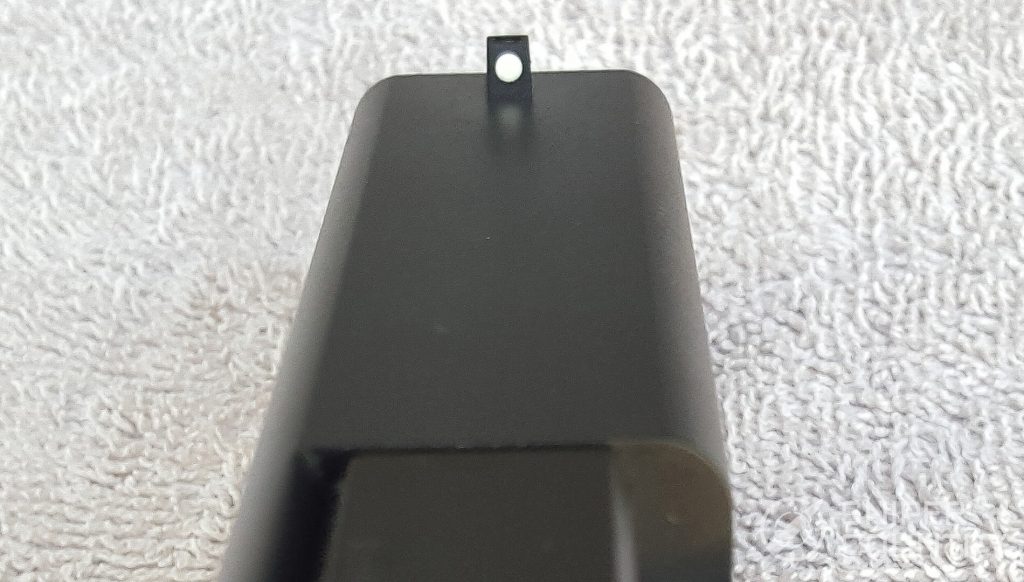

You’ve Seen One, You’ve Seen Them All…
I know these photos reveal nothing new for those familiar with Glocks, but maybe there are some out there who have seen the guns being shot but have not seen them taken down for cleaning. According to some, the worst thing about Glocks is that they are all pretty much built alike. All the parts are familiar between Glocks, with not much internal customization available except for maybe the trigger. According to others, the best thing about Glocks is that they are all pretty much alike. There is consistency in the build that gives the shooter the confidence that, handed a new caliber or Glock he or she hasn’t shot before, they are already familiar with the stock trigger and controls. So, where you come down on the “all alike” thing probably has to do with your experience level with the platform or lack therof.
Let’s go shoot this thing now…
Shooting The Glock 20
Before we get to the shooting, I want to back up a second and refer you to another article I’ve written about a 10mm…the Colt Delta Elite. That article is a good way to compare/contrast the Delta Elite 1911 with the Glock 20. The Delta Elite is one great gun — after all, it was the only 10mm made for a good while. Colt had stopped production of it but restarted building the gun after demand rose in March of 2009. That gun alone helped keep the 10mm alive, and now the cartridge is enjoying a resurgence of popularity due in no small part to that one pistol.
Recoil, Or Lack Thereof
For what I am about to say, I want you to keep in mind the fact that that I greatly respect that Colt. I just lean towards shooting the Glock. Why? Why would I prefer the 20 over the Delta Elite, given the fact that if I owned it, I would have the complication of shooting hard-cast bullets in it which are not recommended? One main reason — recoil, or lack thereof. The older I get, the more recoil-sensitive I get. The Colt seemed to have a pretty good rearward punch, even with the almost-.40-velocities I was getting with the 200-grain PMC FMJ rounds I shot through both of them. Something that may have affected the way the gun handled was that that Delta Elite had a 28-pound recoil spring installed. Usually, a stiffer spring equals less felt recoil, but I’m not sure if that was the case here. That spring was so stiff I could hardly rack the slide. It may have had nothing to do with the recoil, but I mention it for discussion. I did not have any “real” 10mm grownups-only type of ammo on hand for either test, but I can only imagine what that single-stack steel-framed 1911 would do when I shot it with those. I wanted to test the theory that I have read about that poly-framed 10mms tend to soak up a bit of the recoil…in my case, that would be proven true. For whatever the reason, the Glock was just easier to shoot. Does that mean I wouldn’t own a 1911 10mm? Nope. The 1911 trigger is usually a thing of beauty, and the way they handle is a joy. It’s that, with recoil levels being even more brisk with hotter ammo, I would prefer to shoot that ammo through the Glock. The older I get, the more recoil-sensitive I get.

On The Other Hand…
I can’t lump all 1911s into the same category. Another close friend brought his Iver Johnson 6-inch 10mm 1911 over to chronograph some loads. That was one fun gun to shoot. It felt nothing like the Colt, even though both are steel-framed, single-stack 1911s. I don’t know if the extra inch of barrel with the extra weight involved and its stock recoil spring (20 pounds, I believe) had anything to do with it, but it shot at least as “softly” as the Glock did.
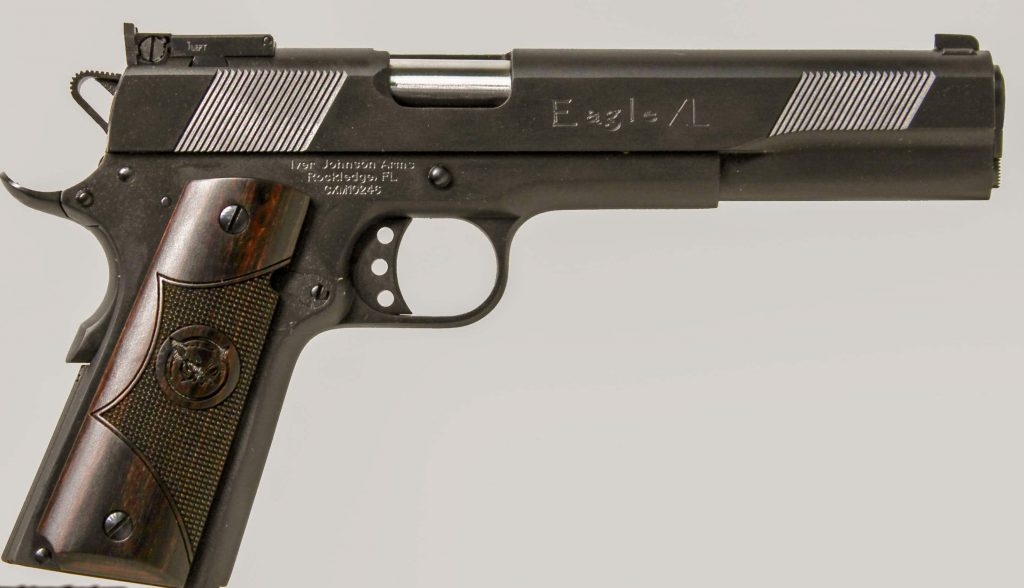
The Feed Ramp Issue
One thing I’ve heard for years is that Glock pistols use barrels with a feed ramp that is so large it leaves a bit of the case head unsupported. I think that is true, at least for some Glocks. I believe the .45ACP Glock 30 I had used a slightly different barrel profile that supported the case a bit more, but since that round is loaded to lower pressures it wasn’t much of an issue. I’ve heard of a few Glocks that came unglued when shooting loads in the higher-pressure levels like the .40 S&W and 10mm. Usually, hot or other reloads are the culprit (this coming from a chronic reloader) but I did see one video where the guy was shooting an unnamed factory 10mm round and the gun seemingly blew up. It ended up not hurting the gun as the detonation’s effects came out through the mag well and around the chamber. It did bend the magazine a bit, but the gun was shootable. Even so, I’ve had guns let go in my hand and it’s not fun. So, what’s all this feed ramp stuff about?
Let’s look at the feed ramp of this Gen 3 Glock 20:
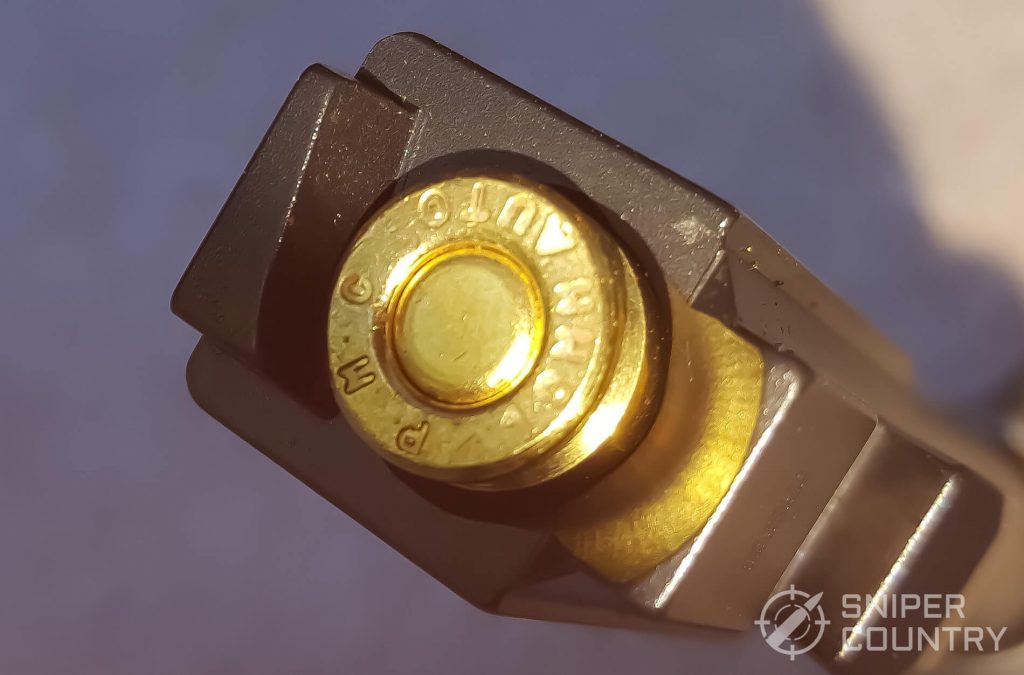
As you can see, there is a bit of the case head that is open — the case’s brass reflection is visibly on the feed ramp. If it were totally supported, you wouldn’t see such a glow. How does this affect things? If you are shooting milder loads, it really doesn’t have much bearing one way or another. But, if you are shooting hotter loads, you might notice what is euphemistically called the “Glock smile” on the fired case — the telltale bulge where the case head isn’t supported. You can really feel it as much as see it, a little protrusion right above the extractor groove. Why would this matter? Well, if you are a reloader and you reload these cases, you could have a potential weak spot in the case head area where the bulge occurred, even if you use a “bulge buster” sizing die. The brass could be weak at that spot. If you reload to higher levels, the case head could let go with rather spectacular results — trust me on that. Hence, that’s why folks who are going to shoot really hot loads (or cast reloads) will invest in an aftermarket barrel with a chamber that supports the case head more evenly.
BONUS OFFER: Get your free shooting range targets to print at home!
Get your free targets to print at home!
Reliability Is King
Why does Glock make barrels this way? To put it into a word, reliability. The rounds tend to feed more reliably if the opening they’re going into is a bit larger. Another area that’s just a tiny lit larger than it needs to be is the chamber. You can pull the barrel, insert a loaded round and grab that cartridge’s rim as you shake it back and forth and listen to it rattle in an OEM Glock barrel — that doesn’t happen in a KKM, Lone Wolf, etc. barrel. Their chambers are tighter. The looser Glock chamber helps with reliability, again. These guns have a reputation of functioning after having been dunked in mud, thrown in puddles, dragged through the sand, etc. That’s one of the main reasons they’re so popular with law enforcement agencies-they can take abuse and keep on shooting. I think the company doesn’t care so much about how a fired case looks as much as they do about the question ‘did it fire’. If it did, then the reliability goal has been achieved. It just isn’t the best scenario if you are trying to keep your brass to reload.
I shot several targets from the bench at about 20 yards with the Glock. The ammo was the PMC 200 grain round mentioned above. It used a full-metal-jacketed truncated cone bullet. The chronograph clocked that round out of the Glock right at 980 fps (while it came out of the longer Iver Johnson at 1093 fps by way of comparison). The results were nothing to write home about, with all the shots contained in the 4-inch box on my home-made targets. If I’d had more time, I could’ve tried some other ammo, but with the situation at the time, the one load’s all I was able to shoot. Even so, it was informative. I was rather interested in seeing a closer group, as I had wondered about hunting whitetails with a similar gun. But…even if it was me and not the gun (which it probably was), a 4-inch group at 25 yards translates into 16 inches at 100. That’s not good enough for me, even for a big deer. Given that, the gun was fun to shoot and I’m sure someone else might well get smaller groups with it. Also, other ammo would most probably shoot differently, maybe be a little more accurate. I can only wonder.
What Comes In The Box?
I always like to write a bit on what manufacturers include (or don’t include) in their gun boxes or cases. Here’s a photo of the Glock box…
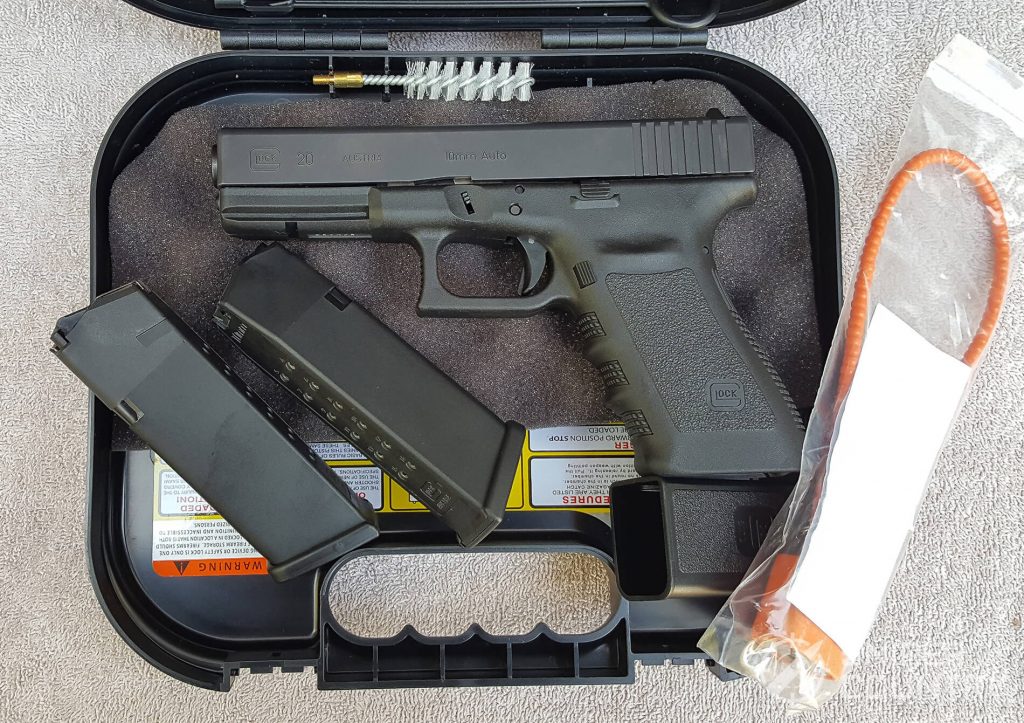
We have the usual suspects: extra magazine (two extras with Gen 4 and 5 guns), bore brush, magazine loader, ubiquitous bicycle lock and owner’s manual (hidden). It’s a decent, sturdy-enough case with a built-in document-holder-of-sorts in the bottom half between the case wall and the foam. Here’s the outside…no doubts about what is inside:
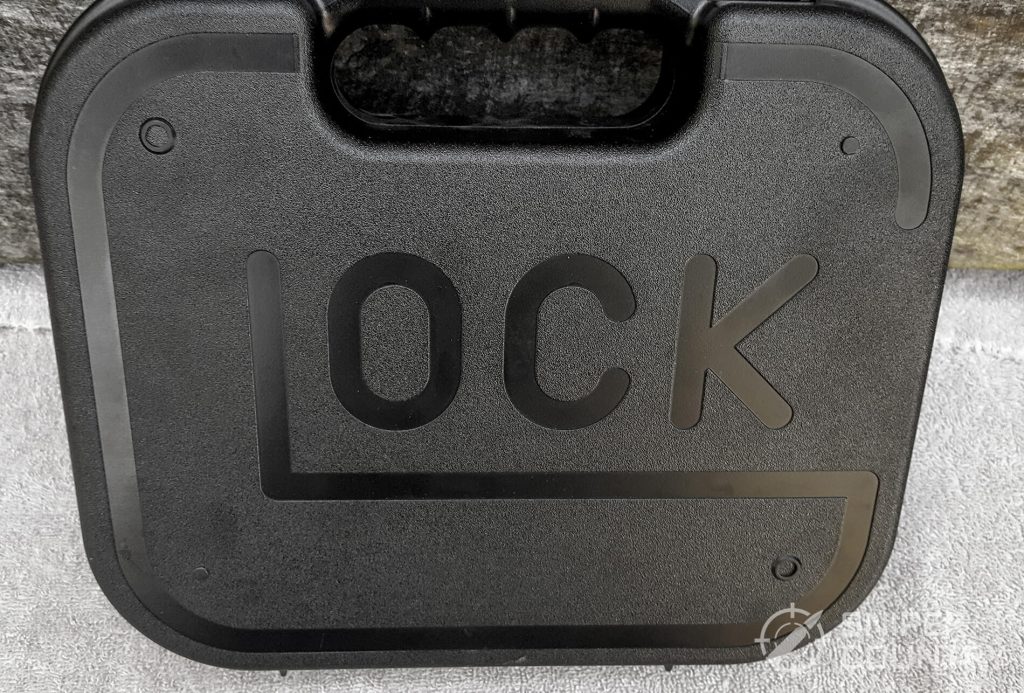
Even the handle has information for us…
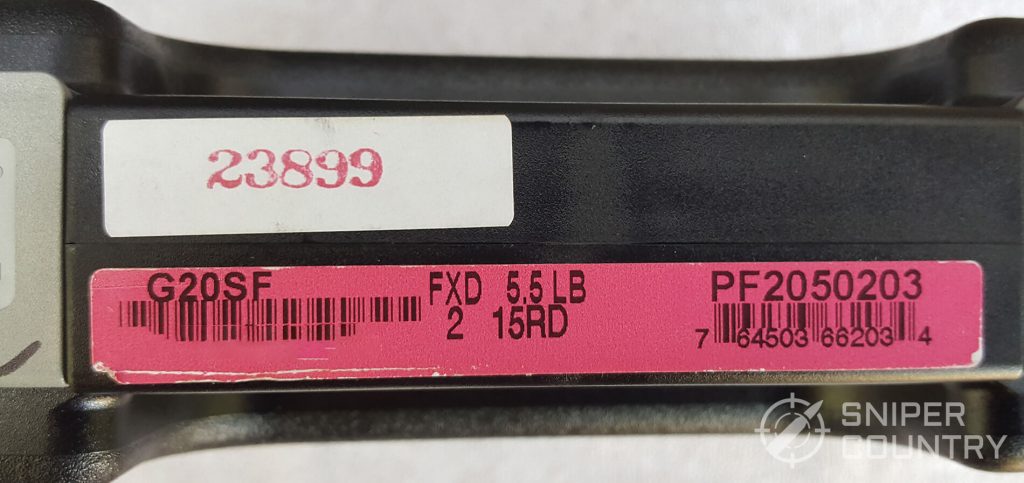
We learn that the gun within is a Glock 20, Short Frame, with two 15-round magazines and a fixed 5.5 lb. trigger pull. Pretty nice to have that information close at hand, they must figure.
Conclusions
Would I like to have a 10mm pistol? Sure. How about a Glock 20? Sure. But… I shoot mostly cast bullets that I make myself so that would most likely require an aftermarket barrel which would add about $100 right off the bat. The obvious third question: Would the extra expense be worth it? I think so. The gun was solid, and felt good when I shot it. The recoil was not bad at all, but I’d better reserve final judgement on that topic until such time that I would be able to shoot some Underwood, Buffalo Bore or similar heavy loads. The recoil of a 200-grain target FMJ bullet moving at 980 fps would definitely not equal that of a 200-grain-or-heavier, hard-cast hunting bullet moving at 1300 fps. Plus, the accuracy issue would have to be resolved.
Would this gun work for my main reason for owning a 10mm, hunting? Sure, a stock Glock 20 right out of the box would work if the deer was close, (50 yards or closer). There are many videos online of many folks putting deer and hogs down with the Glock 20. No matter your use for this pistol, it should work for you. It’s one of the oldest 10mms out there, coming out in 1991, and it’s one of the most popular. (If you consider which 10mm has been in constant production the longest, it is the oldest. The Colt was discontinued in 1996, and not reinstated again until 2009). It’s also one of the most reliable.
If you are a Glockie, then you’re already in Glock’s corner and you’re sold on this gun. If you’re not a Glock fan and you are looking for a gun that will protect you in bear country or work well in the deer woods, go ahead take a look at the Glock 20. Fifteen rounds of 10mm times however many magazines you have can’t be dismissed lightly. Neither can this gun…check one out. You might be pleasantly surprised — I was when I shot it. As always, share your thoughts on this gun below. Thanks for reading this. Now, be safe and go shoot!

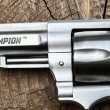
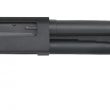


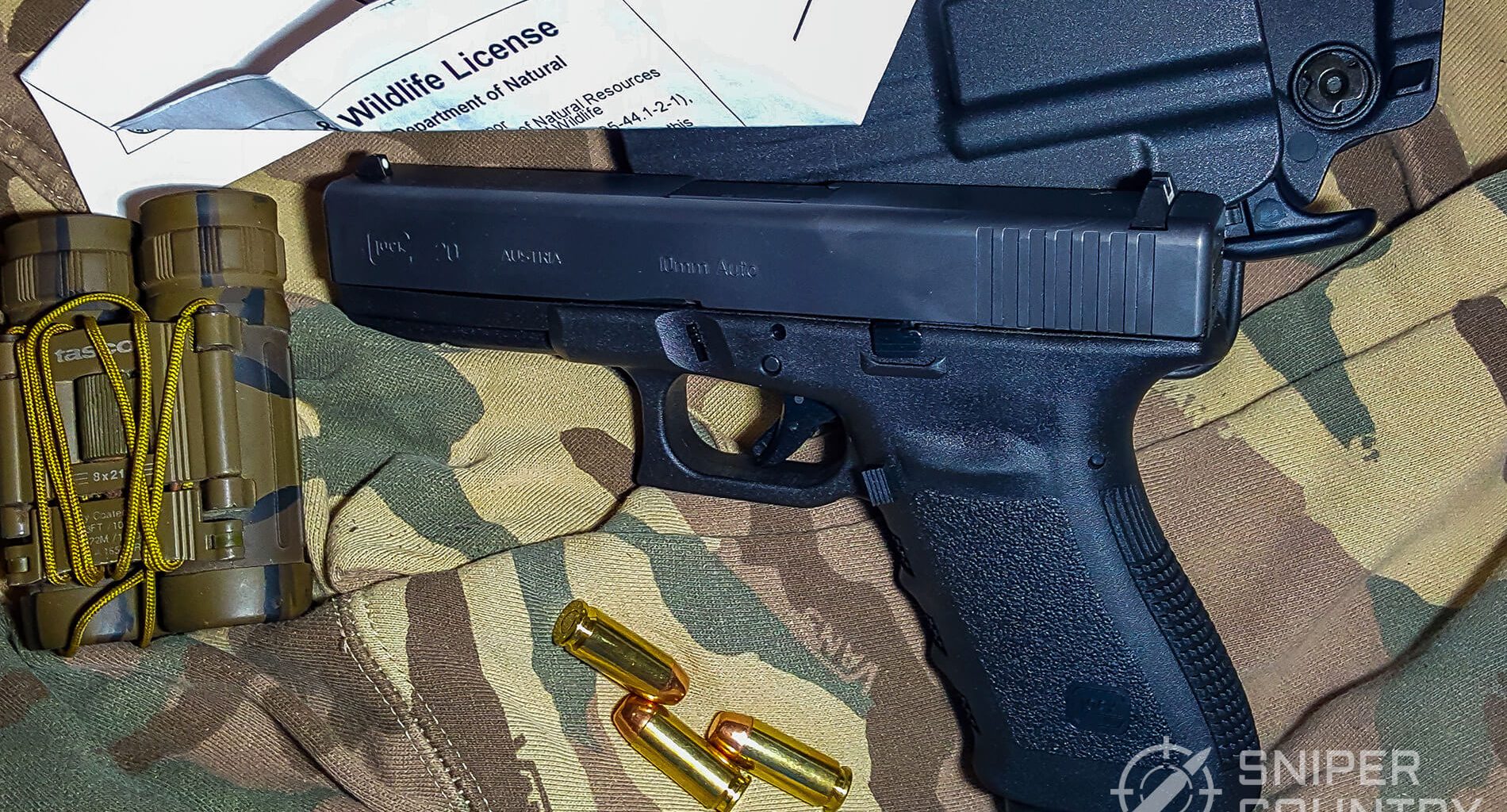
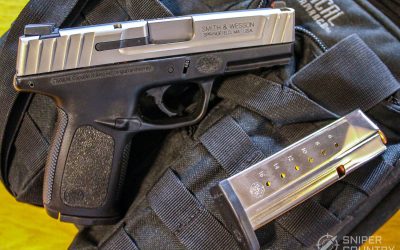

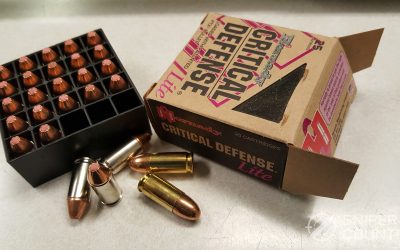

![9mm Glock Models [Ultimate Guide]](https://www.snipercountry.com/wp-content/uploads/2018/10/Glock-17-vs-Glock-19-vs-Glock-26-vs-Glock-41-vs-Glock-43-WM-400x250.jpg)
![Handgun Caliber Chart [2025 Ultimate Guide]](https://www.snipercountry.com/wp-content/uploads/2018/10/Handgun-Caliber-Comparison-400x250.jpg)
![Rifle Calibers [Ultimate Guide]](https://www.snipercountry.com/wp-content/uploads/2018/12/Header-1900-400x250.jpg)

